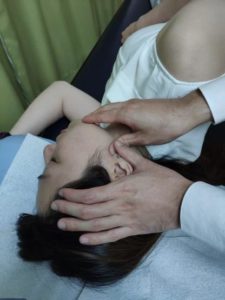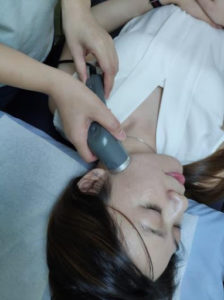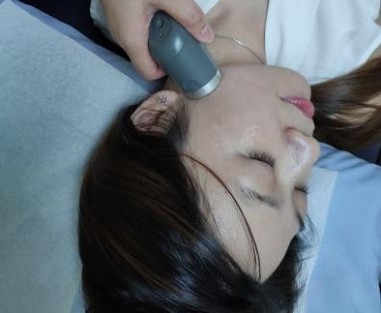TMJ
This post is also available in: 中文
TMJ
Everyday when you talk or eat, you will open and close your mouth over a thousand times, so do your temporomandibular joint (TMJ), which is the joint connecting jawbone and skull. When there is problem over TMJ, it causes symptoms that can be disabling, and it can be confused for where to seek for treatment. Conservative treatment should be the first-choice therapy for TMJ disorder because of low risk of side effects as stated in recent research. The categories, signs and symptoms, and option of conservative treatment for TMJ disorder can be summarized as below:
Categories:
- Joint hypomobility/ arthritis
- Disk displacements
- Myofascial pain
Common signs and symptoms:
- Sounds/ noice over TMJ
- Pain over TMJ/ masticatory muscles
- Limitations/ deviation in mouth opening path
- Ear pain/ headache
- Tinnitis
Conservative treatment:
- Manual therapy: Joint mobilization, massage therapy and myofascial release
- Therapeutic exercises: Stretching, muscles relaxation, muscles strengthening
- Electrotherapy: Transcutaneous electrical nerve stimulation, ultrasound therapy
- Acupuncture: Modern approach of acupuncture, includes inserting needle to trigger points
- Occlusal splint therapy: Various occlusal splint could help to improve occlusal stability, restore centric relation, static and dynamic symmetry





